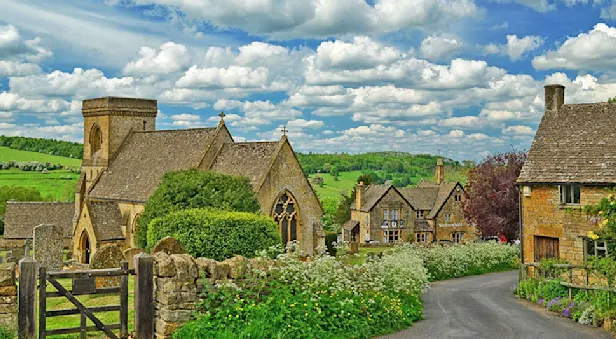Pasqueflower Facts | Wildlife & Flora in the Cotswolds
This beautiful but rare member of the Buttercup family has been drawing visitors to a quiet valley in the Cotswolds since it was found to grow in abundance here in the 1950s. The site has since been declared a Site of Special Scientific Interest which, for the brief window of blooming in April. May sees an increase in visitors to a normally quiet place.
The pasqueflower in this region grows on a grassy, south-west facing limestone slope, and visitors who are lucky enough to catch the bloom in April and May will be treated to several thousand of these plants along the slope.
The plant can reach up to 9.8 inches with roots that can descend up to 1m into the soil. It develops upright rhizomes, which function as a food storage system through the winter months. The leaves are arranged in a rosette formation and appear with a bell-shaped flower
in early spring. The flowers are delicate and brilliant purple in color. Although short-lived, they are soon replaced with distinctive silky seed heads.
Anyone who is fortunate enough to encounter this beautiful wildflower should take note of its mythological past. Legend has it that the pasqueflower grows in places where Viking blood had been spilled, although in this part of the world, it is said to be Roman and Danish blood that was lost.
Discover the Wilder Side of Scotland & England

The Cotswolds: Exploring English Nature
Wander ancient beech forests and wildflower meadows, follow hedgerows and trout-filled streams, tour private gardens and meet artisan food producers, in an idyllic landscape with a focus on native habitats and conservation.

























